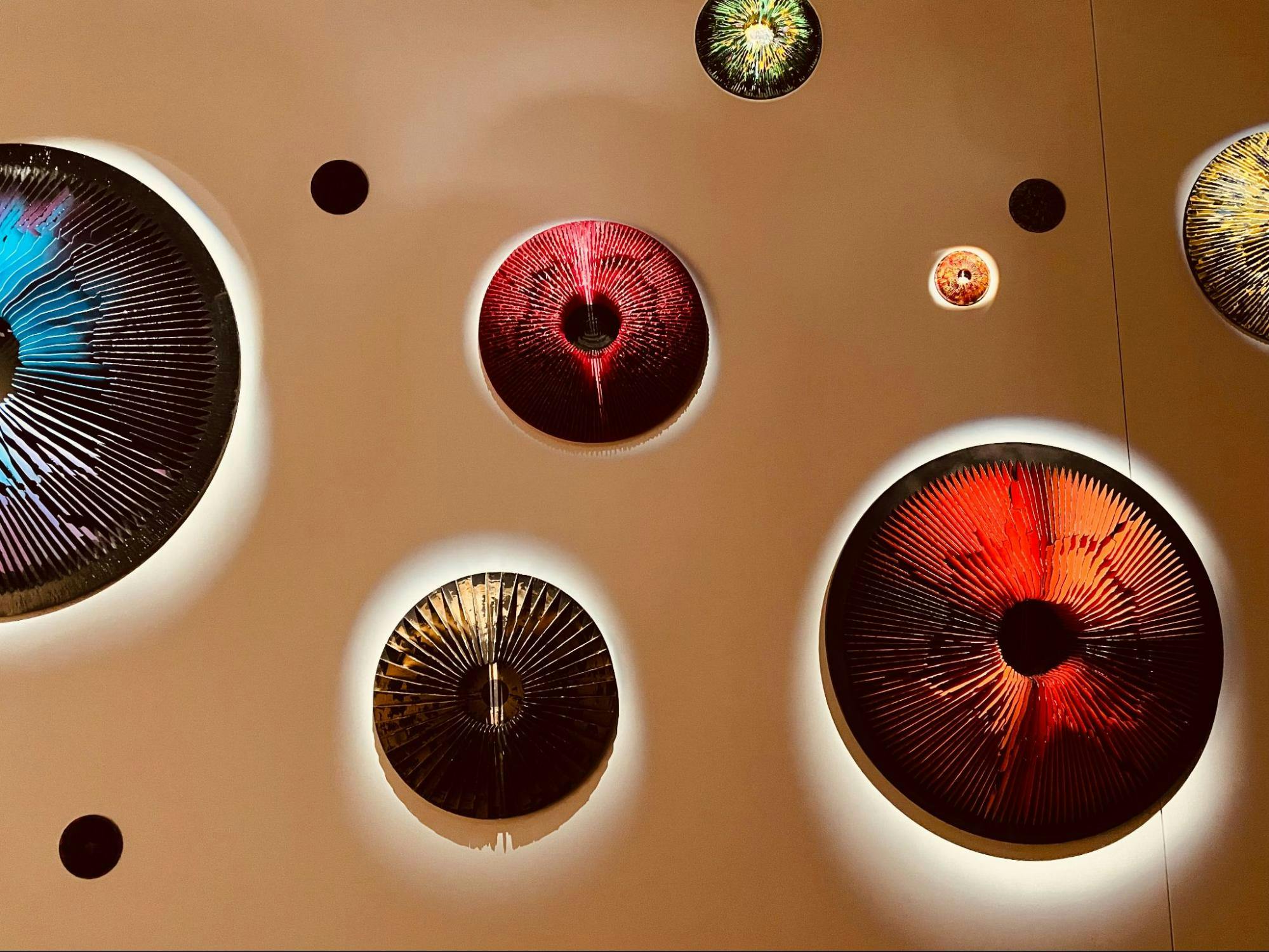Extended Reality Galore: DW Starts Work on XReco, SERMAS, Goes to Stereopsia
,As interest in immersive media and respective markets continues to grow, our team has joined two long-term R&D projects focused on different aspects of XR technology – and also took part in Stereopsia, the World Immersion Forum.
XR R&D project no. 1 is a massive undertaking: In XReco, 20 partners from 12 countries have joined forces to build a cutting-edge, data-driven XR "ecosystem" for the entire content industry. The EU co-funded project has several focal points. It's about facilitating data sharing, search and discovery, but will also support XR content creation, partially based on reused/recycled 2D and 3D assets. Prototypes will be tested and validated in a number of different pilots targeted at the media, tourism and automotive industry. The consortium aims for XR broadcasting scenarios as well as customized multi-target news publishing and location-based information/entertainment content.
XRECO's overall aim is to come up with enabling concepts and technologies that make XR media content an industry standard–and a household name. DW takes on the role of the project leader/main coordinator and already hosted a massive kick-off meeting in Bonn last month. To keep up with news regarding XRECO and connect with the consortium, check out the project's official website, LinkedIn page, and Twitter account.
XR R&D project no. 2 is a little smaller in scale (7 partners), but also pursues an ambitious goal: SERMAS wants to make XR more human-centered, more companion-driven–and at the same time create next generation tools and concepts. Università degli studi di Modena e Reggio Emilia (UNIMORE) serves as the main coordinator, while DW is involved as a media use case partner, consultant, and multiplier. More specifically, our team will help design, implement, and test XR-based trainings for journalists. First scenarios are likely to focus on politically charged and hazardous situations, but might also explore cultural and diversity issues as well as fundamental principles of news reporting.
Another interesting aspect of SERMAS is its cascade funding mechanism: Third parties will receive mini-fundings for providing additional research, software, or gadgets. SERMAS kicked off in Reggio Emilia only a couple of weeks ago. A website and social channels are still in the making. Follow @dw_innovation on Twitter for updates.
A great opportunity to discuss both our new projects with the European XR community came at the Stereopsia immersion forum, which took place in Brussels in Mid-October. XRECO was also officially presented there–along with XR4DRAMA, an XR for situation awareness innovation action started in late 2020, which has already built a substantial number of prototypes (join their user group!) and will actually come to an end in early 2023.
Stereopsia showed that European XR tech has more potential than ever, and that a lot of promising solutions are in the making or already available. Just think of the repositories published by INVICTUS, a really impressive H2020 project that successfully worked on innovative authoring tools for the creation of high-fidelity avatars. There’s even a “local” hardware manufacturer now: Lynx, based in Paris, offers state-of-the-art, stand-alone VR/MR headsets at relatively affordable prices. DW is set to experiment with all kinds of new XR solutions in the next couple of years, both in the lab and within XRECO and SERMAS.
The metaverse may be just a big hype, but it’s safe to say that the future of digital journalism and storytelling will be increasingly immersive.
